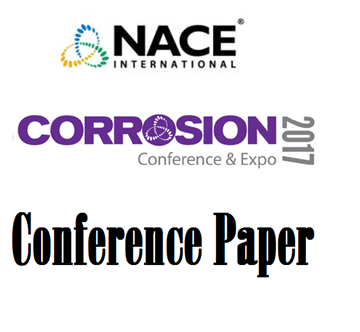Search
10017 Soluble Salt Criteria of Epoxy Coatings for Ship's Water Ballast Tank
Also Purchased
11042 The Effect of Water-Soluble Salt Contamination on Coating Performance
Product Number:
51300-11042-SG
ISBN:
2011 11042 CP
Publication Date:
2011
$20.00
51316-7539-Residual Soluble Salts and Coating Performance – Separating Myth from Reality
Product Number:
51316-7539-SG
ISBN:
7539 2016 CP
Publication Date:
2016
$20.00
Effect of Water Soluble Salts Affecting Long-Term Durability of Epoxy Coating on Carbon Steels
Product Number:
51317--9284-SG
ISBN:
9284 2017 CP
Publication Date:
2017
$20.00




